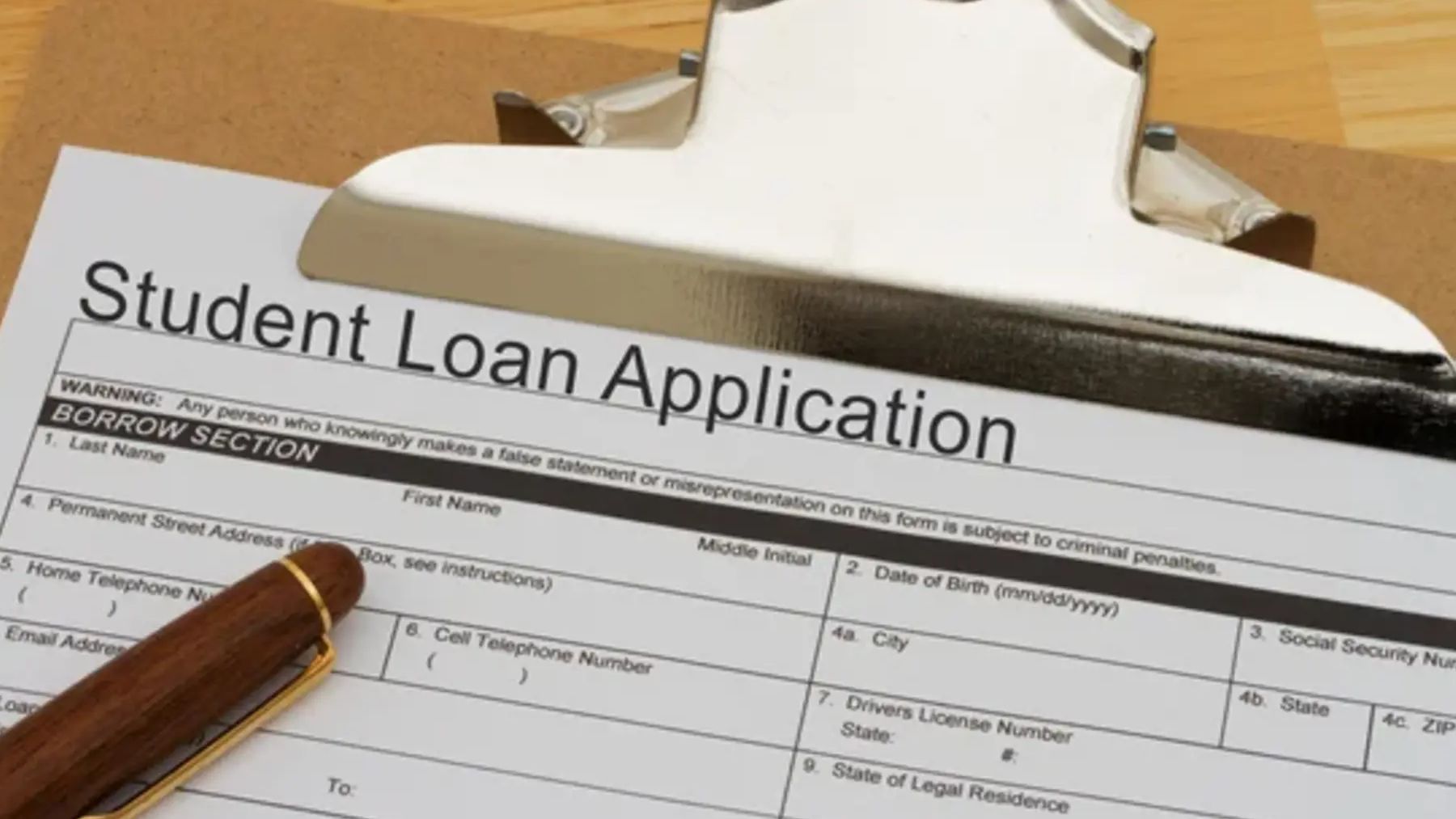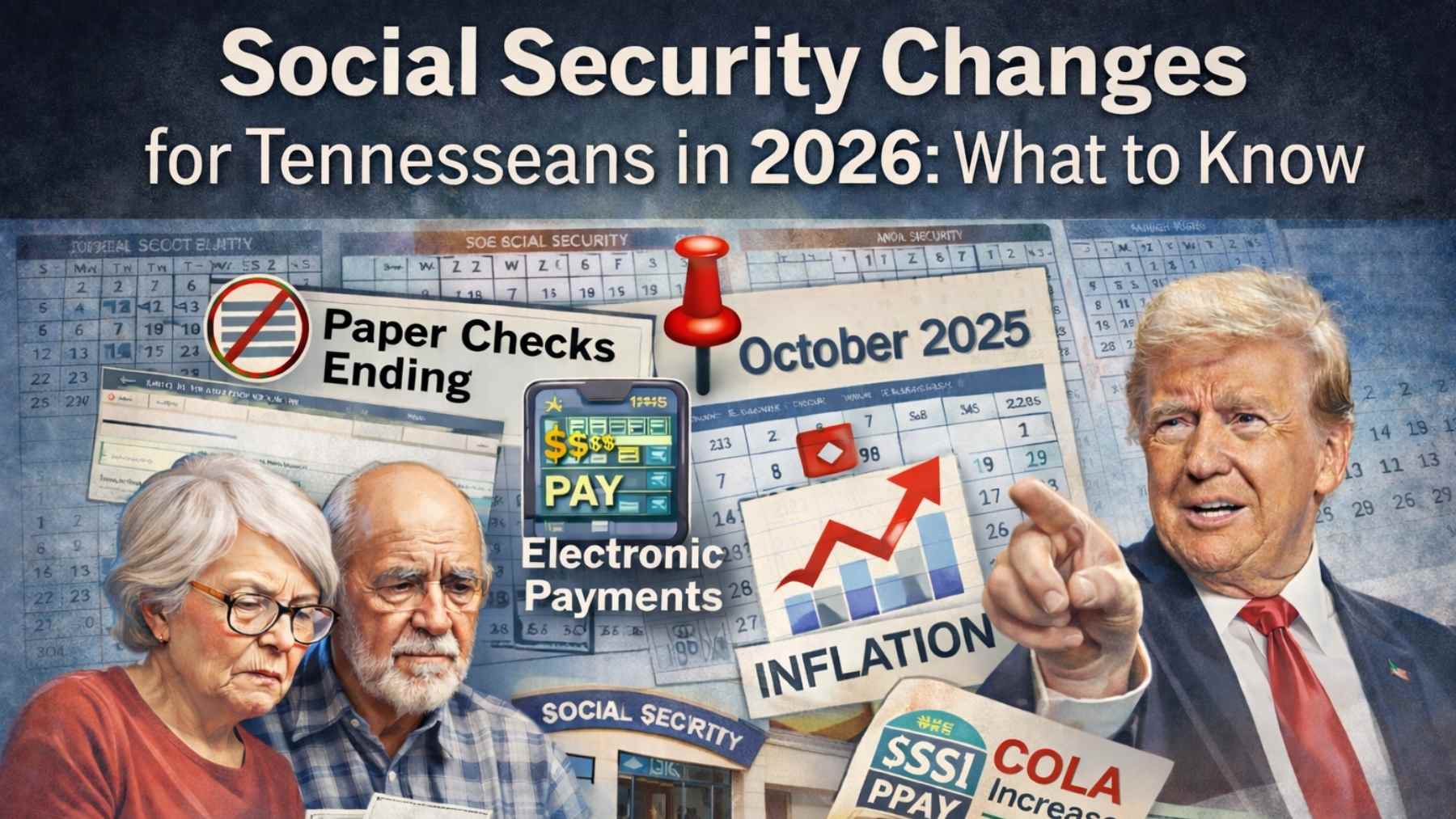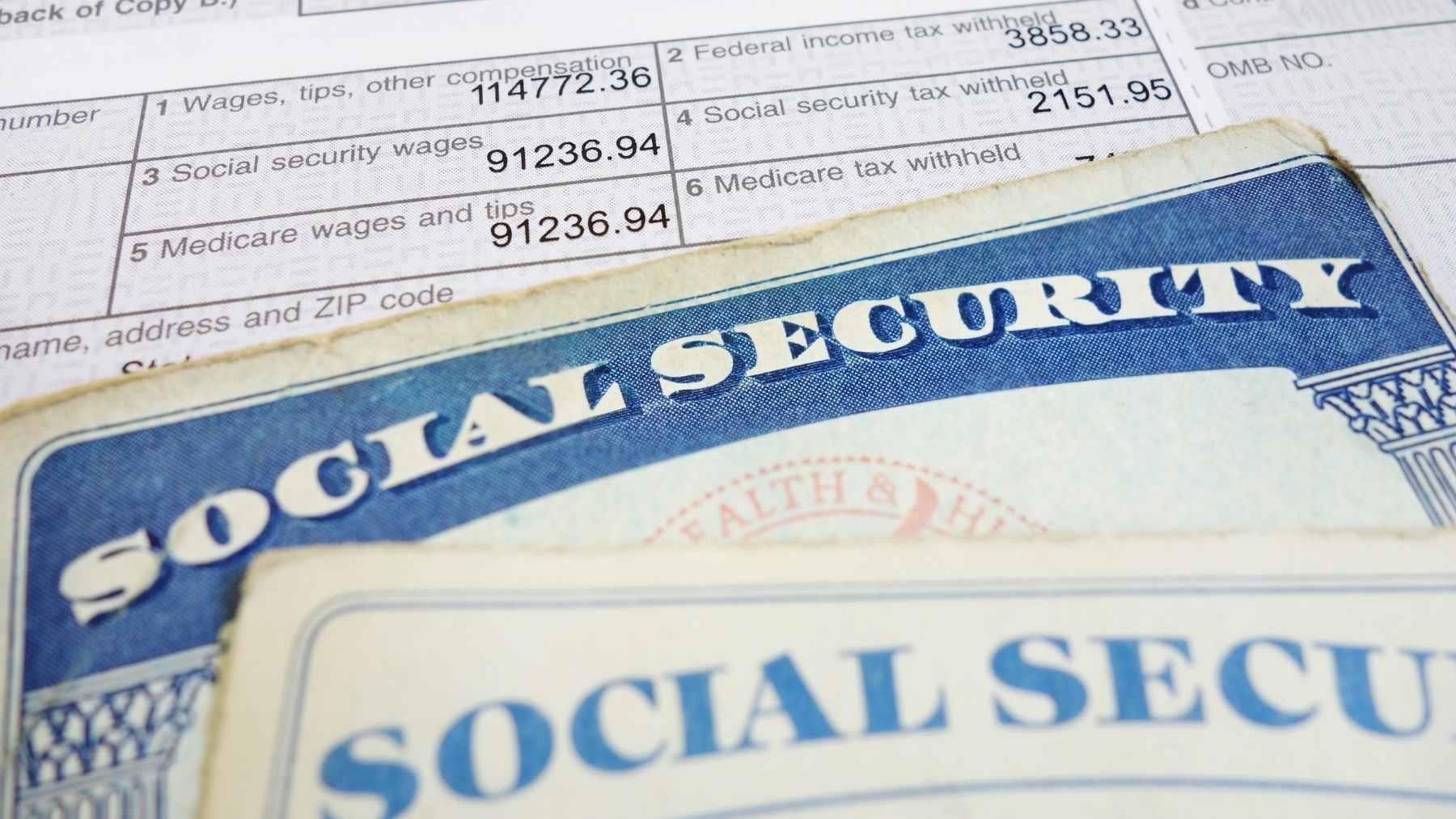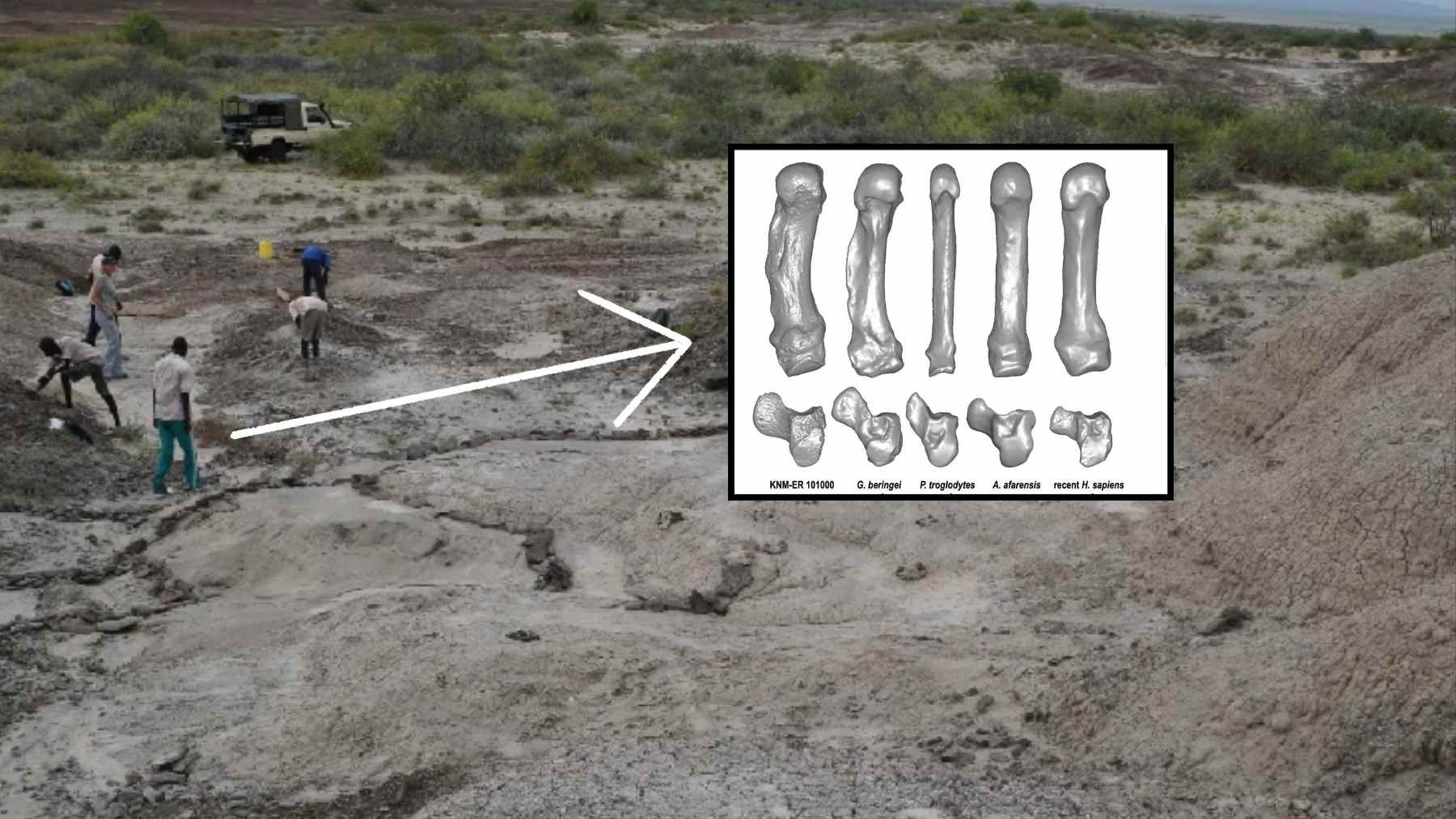2025 is set to be a year of significant changes for student loans. With the Biden administration leaving the White House to make room for President-elect Donald Trump to serve his second, non-consecutive term, many current and past students are left wondering what the next steps will be in terms of student loan payment programs and student loan forgiveness.
Biden administration forgave $180 billion worth of student loans
During Biden’s presidency, he forgave upwards of $180 billion worth of student loan debt. It was the greatest amount of debt any president has ever forgiven, helping approximately five million Americans embrace a debt-free future. Additionally, the Biden administration made improvements to student loan programs such as the PSLF program, helping millions of borrowers reduce their time frame for paying back their loans as well as make the system clearer and more efficient at calculating when a student was no longer liable to pay loans.
During his presidency, Biden also attempted to provide all 45 million borrowers with $100,000 to help pay of student debt. However, this initiative was struck down by the Supreme Court. He also attempted to expand debt relief to reach more individuals than what regulatory processes currently allow. However, many student are concerned about the progress made by the Biden administration, and worry what the new Trump administration may do to roll back some of Biden’s initiatives.
Trump’s student loan forgiveness plan
If you are enrolled in President Biden’s Saving on a Valuable Education (SAVE) income-driven repayment plan, which launched in late 2023, aiming to lower monthly payments and accelerate loan forgiveness, you will most likely have to start looking for alternative payment plans with the arrival of the Trump administration. The plan was blocked by two multi-state lawsuits, leaving borrowers in administrative forbearance while the courts review its legality. Given the plan’s association with Biden and the Republican-led states suing to block it, it’s unlikely President Trump will defend it in court, and it’s unclear when borrowers will need to resume payments.













